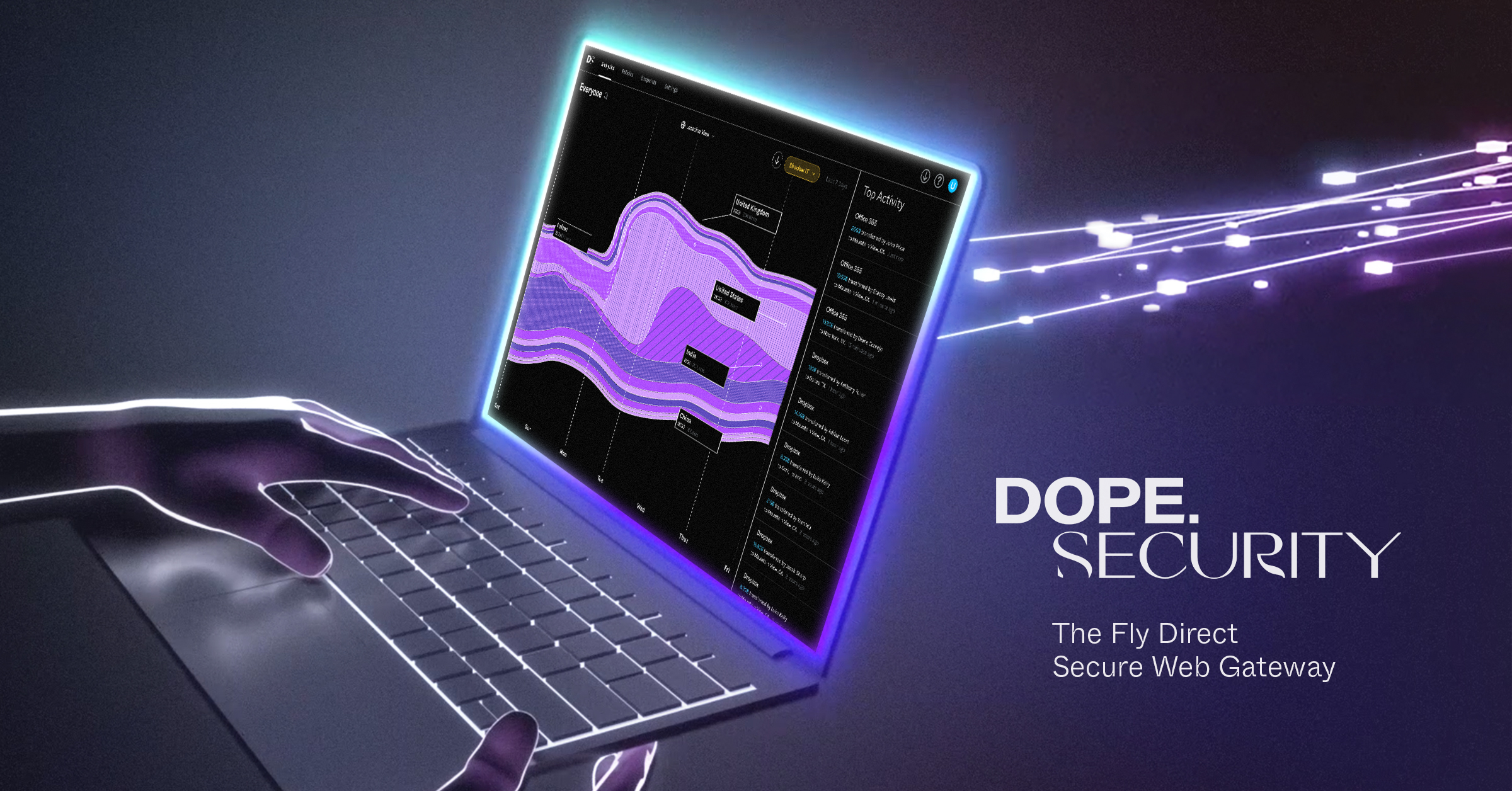All Windows PCs are supplied with a built-in security function called Windows Defender Application Control (WDAC), which helps prevent unauthorized software from allowing only trusted applications.
Despite the goal, however, Hackers have discovered different ways to bypass WDAC, which means that systems are exposed to malware, ransomware and other cyber threats.
As a result, what was once considered a strong defense layer can now serve as a potential vulnerability if it is not properly managed.
Stay protected and informed! Receive security reports and technical tips for experts – Register now for the Cyberguy report from Kurt
Windows Defender Application Control (WDAC) is a security function in Windows that enforces strict rules on which applications can be performed. It helps block unauthorized software, but researchers have found ways to circumvent this protection.
Bobby Cooke, a Red Team Operator at IBM X-Force Red, confirmed That Microsoft teams can be used as a WDAC -Bypass. He explained that during Red Team operations they were able to bypass around WDAC and to carry out their stage 2 command and control.
Read on the Fox News app
To find and resolve these security gaps, Microsoft carries out a BUG -Bounty program that rewards researchers to report vulnerabilities in WDAC and other security components. However, some bypass techniques remain uncontrolled for a long time.
Doubleclickjacking Hack Burgs Double-Click account keeping with acquisitions
One of the most important ways in which attackers come around WDAC can be used by Living-Off-the-country Binaries of Lolbins. These are legitimate system tools that are installed in advance with Windows, but hackers can use them again to perform unauthorized code and at the same time prevent security detection. Because these tools are familiar with the system, they offer an easy way to slide defenses from the past.
Some bypass techniques include DLL Sideloading, where attackers mislead legitimate applications to load malicious DLLs instead of the intended. Moreover, if the WDAC policy is not properly enforced, attackers can change the implementing rules to have unauthorized software carried out.
Hackers also do not use -signed or loosely signed binaries. WDAC relies on signing code to verify the authenticity of an application. However, attackers sometimes exploit misfigurations in which loosely signed or non -signed binaries are wrongly allowed, so that they can perform malignant loads.
As soon as an attacker bypasses WDAC, they can perform payloads without being marked by traditional security solutions. This means that they can implement ransomware, install backdoors or go laterally within a network without immediately activating. Because many of these attacks use built-in Windows tools, detecting malignant activity becomes even more difficult.
Windows Defender vs Antivirus software: Free protection shoots short
Releveless Hackers leave Windows to direct your Apple ID
Because this attack makes a vulnerability within WDAC, you can do little to fully protect yourself. It is up to Microsoft to solve the problem. Here, however, there are three best practices that you can follow to reduce your risk.
1. Keep Windows updated: Microsoft regularly releases security updates that patch vulnerabilities, including those related to WDAC. If you keep Windows and Microsoft Defender Up -TO -Date, ensure that you have the latest protection against known threats. If you are not sure how to do that, see my Guide about how you can keep all your devices and apps updated.
2. Be careful with software downloads: Only install applications of trusted sources such as the Microsoft Store or official supplier websites. Avoid illegal software, because it can be bundled with malignant code that bypasses security protection such as WDAC.
What is artificial intelligence (AI)?
3. Use strong antivirus software: Based on the report, it does not seem that Hackers require user interaction to bypass WDAC. The methods described suggest that an attacker could use these vulnerabilities without direct user input, especially if he already has a certain degree of access to the system.
In Real-World scenarios, however, attackers often combine such exploits with social engineering or phishing to gain initial access. For example, if an attacker gets access via a phishing attack, they can then use WDAC -Bypass methods to carry out further malignant payloads.
Although direct user input may not be necessary for some bypass techniques, attackers often use user actions as an access point before they use WDAC vulnerabilities. The best way to prevent them from becoming a victim is to have a strong antivirus software installed. Buy my choices for the best 2025 antivirus protection winners for your Windows, Mac, Android and iOS devices.
ClickFix -Malwares you attract to infecting your own Windows -PC
Although Windows Defender Application Control (WDAC) offers a valuable layer of security, it is not watertight. Hackers develop and use WDAC -Bypass techniques active to use gaps in system defenses. Insight into how WDAC -Bypass works is essential to protect your devices. By keeping your Software Up -To date, using trusted applications and trusting renowned security tools, you can considerably lower your risk.
Do you think Microsoft does enough to patch these vulnerabilities, or should it take a stronger action? Let us know by writing us Cyberguy.com/contact
For more of my technical tips and security warnings, subscribe to my free Cyberguy report newsletter by going to Cyberguy.com/newsletter
Ask Kurt a question or let us know what stories you want us to cover.
Follow Kurt on his social channels:
Answers to the most stretched Cyberguy questions:
New from Kurt:
-
Cyberguy’s Exclusive Coupons and Deals
Copyright 2025 cyberguy.com. All rights reserved.
Original article Source: Hackers find a way of built-in Windows protection









